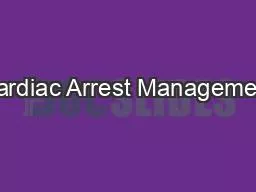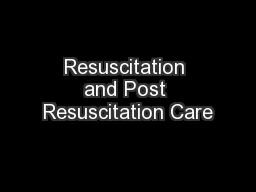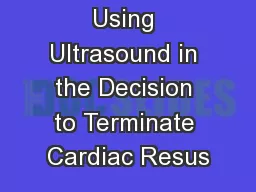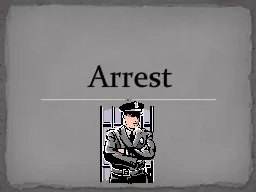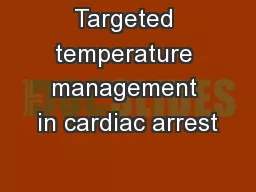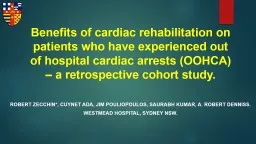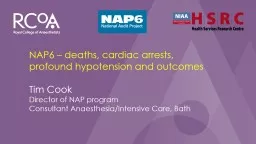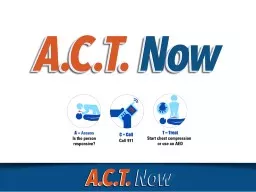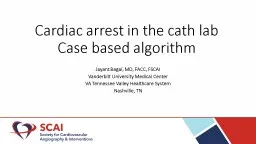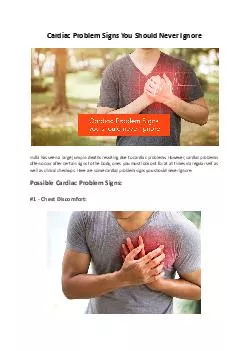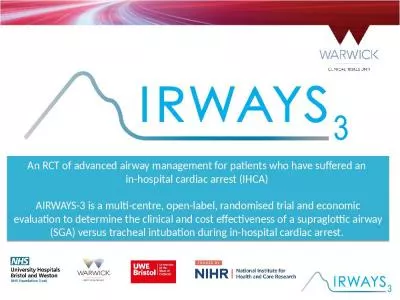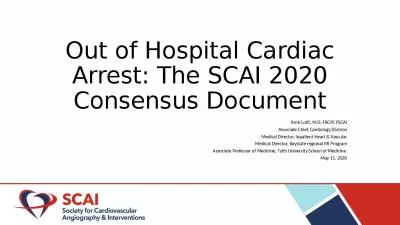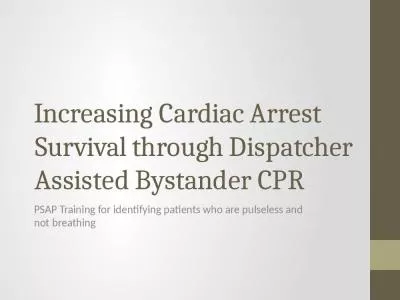PPT-Cardiac Arrest Management
Author : limelighthyundai | Published Date : 2020-11-06
Last Time Vasopressors Inotropes Today Post cardiac arrest management Targeted Temperature Management TTM Case 54yr old tax lawyer Collapses on Liverpool St Station
Presentation Embed Code
Download Presentation
Download Presentation The PPT/PDF document "Cardiac Arrest Management" is the property of its rightful owner. Permission is granted to download and print the materials on this website for personal, non-commercial use only, and to display it on your personal computer provided you do not modify the materials and that you retain all copyright notices contained in the materials. By downloading content from our website, you accept the terms of this agreement.
Cardiac Arrest Management: Transcript
Download Rules Of Document
"Cardiac Arrest Management"The content belongs to its owner. You may download and print it for personal use, without modification, and keep all copyright notices. By downloading, you agree to these terms.
Related Documents

